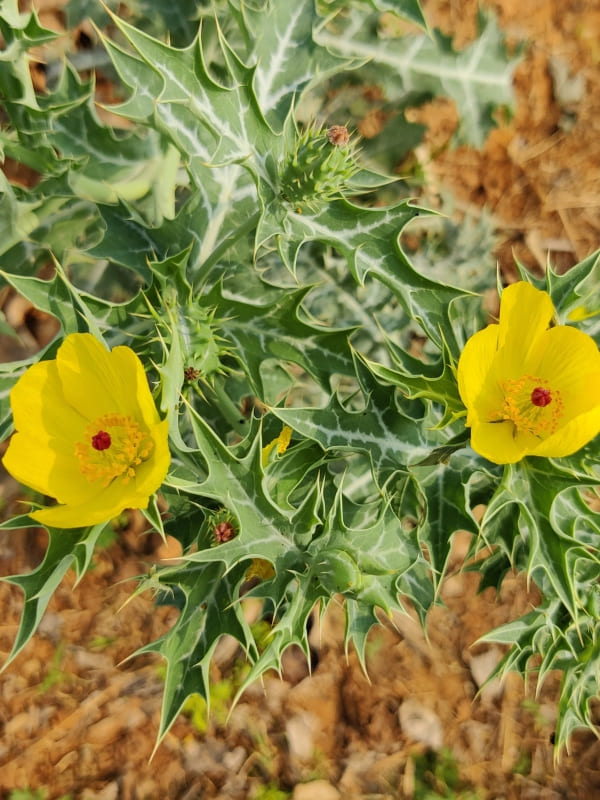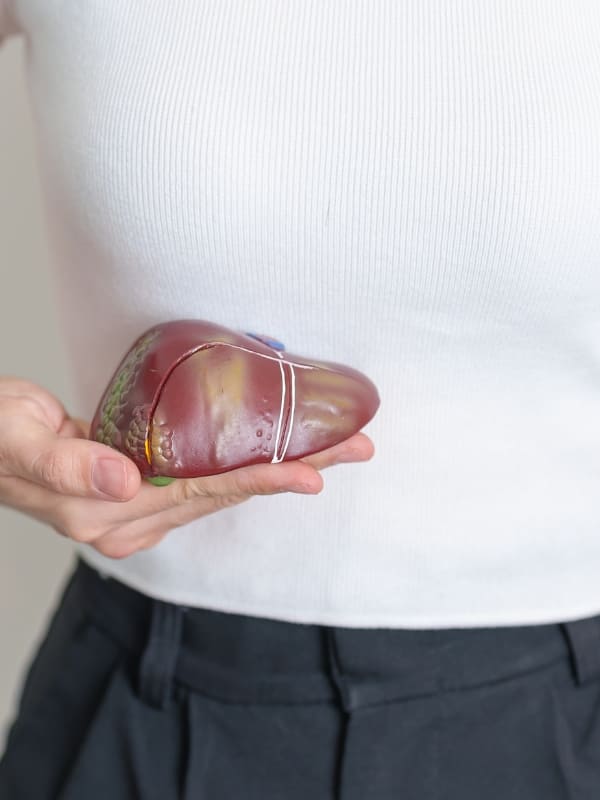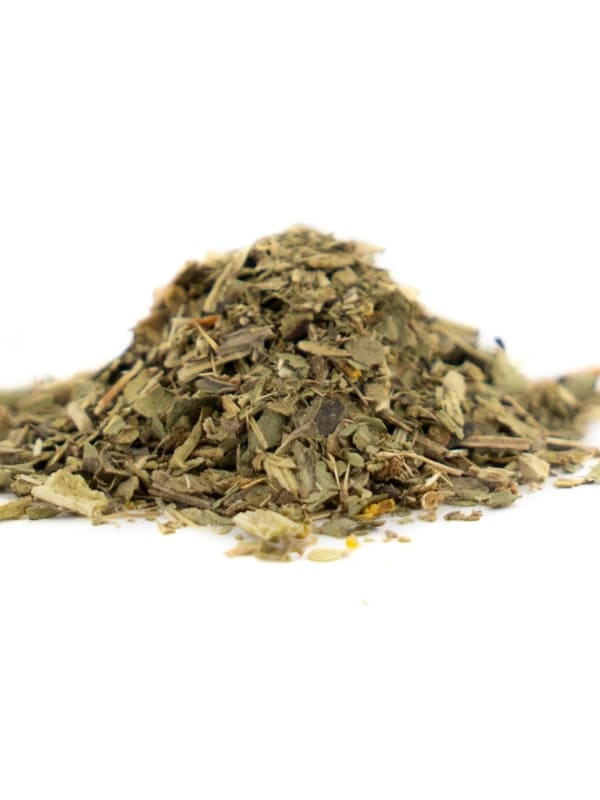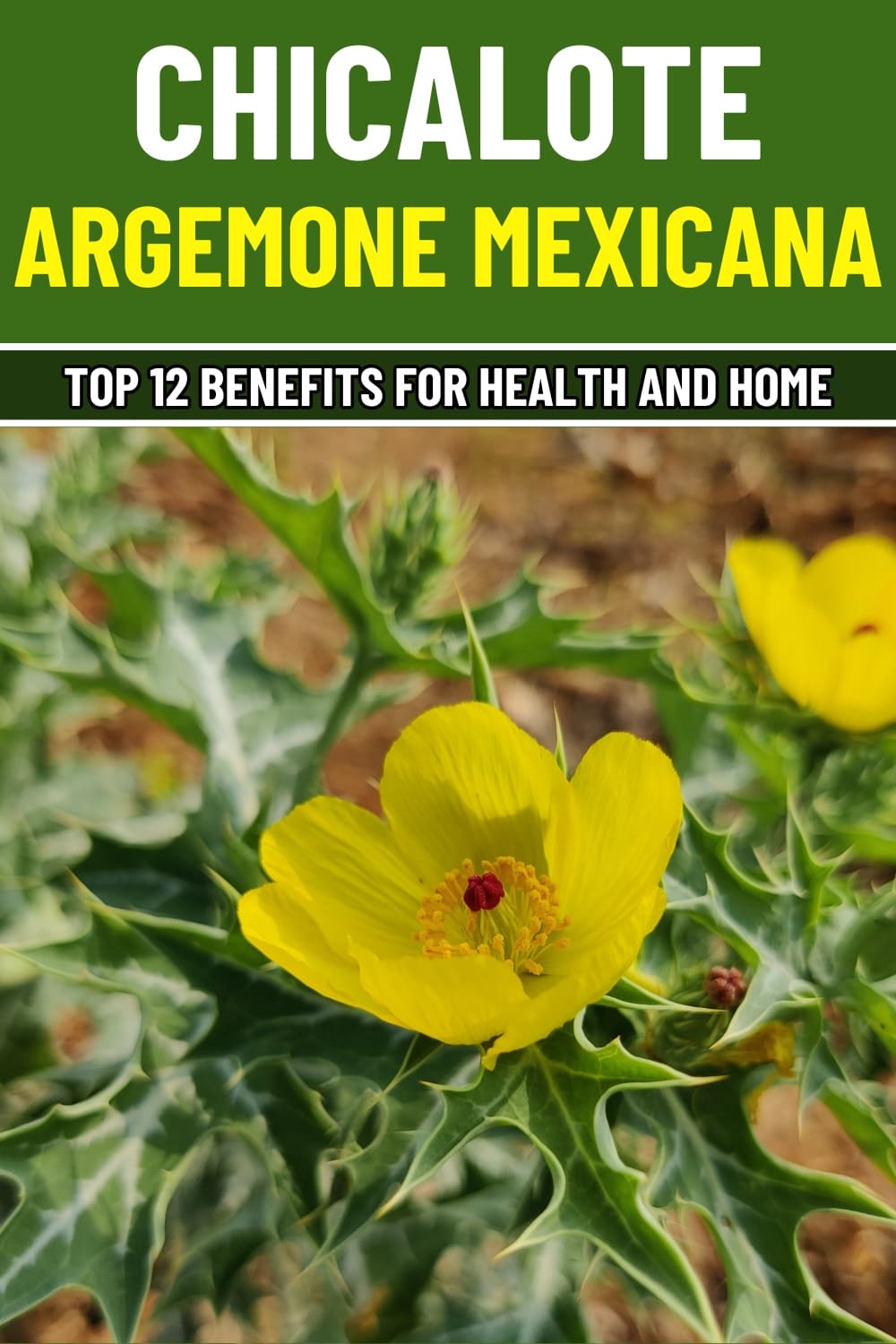Chicalote (Argemone Mexicana), commonly known as Holy Thistle, Field Poppy, or Yellow Poppy, is a plant steeped in tradition and natural healing.
Recognized for its striking yellow flowers and unique jagged leaves, Chicalote thrives in arid and nutrient-poor soils, making it a resilient plant with incredible versatility.
Beyond its ability to survive harsh conditions, this plant offers an array of health benefits and practical uses.
#1. Relieves Pain Naturally
Chicalote’s analgesic properties have made it a staple in traditional remedies for colic, headaches, and muscle pain.
A 2018 study published in Frontiers in Pharmacology highlighted the plant’s bioactive alkaloids, such as protopine, which block pain signals and reduce discomfort.
This makes it an effective, natural alternative for managing minor aches and pains.

#2. Supports Skin Healing
The plant’s sap and boiled leaves have been used for centuries to treat wounds, burns, and skin conditions like scabies.
The antimicrobial compounds in Chicalote help disinfect the skin and accelerate healing, making it a valuable first-aid plant.
#3. Combats Intestinal Parasites
The root of Chicalote has shown efficacy in expelling intestinal worms, making it a traditional remedy for digestive health.
Its bitter compounds stimulate the gastrointestinal tract, promoting detoxification and reducing parasitic infestations.

#4. Reduces Inflammation
For conditions like arthritis, rheumatism, and general swelling, Chicalote offers anti-inflammatory relief.
Its alkaloid-rich extracts inhibit inflammatory pathways, as confirmed in research published in the Journal of Ethnopharmacology.
#5. Eases Respiratory Problems
Chicalote acts as a natural expectorant, helping to clear mucus from the airways and providing relief from coughs, colds, and bronchitis.
Herbalists recommend boiling the leaves into a tea to soothe respiratory issues.

#6. Enhances Eye Health
The plant is traditionally used to treat conjunctivitis and cataracts.
Applying a mild decoction of Chicalote leaves to the eyes can reduce irritation and inflammation, offering a natural remedy for eye discomfort.
#7. Promotes Liver Detoxification
Chicalote tea is believed to support liver health by enhancing its detoxifying abilities.
The plant’s diuretic properties aid in flushing out toxins, contributing to better overall health.

#8. Fights Skin Infections
Chicalote’s antibacterial and antifungal properties are effective against infections like athlete’s foot and ringworm.
A diluted sap application can help disinfect and soothe affected areas.
#9. Improves Digestive Health
The plant alleviates common digestive issues like diarrhea and bloating.
The root decoction promotes healthy digestion by stimulating bile production and enhancing gut motility.

#10. Aids in Diabetes Management
In traditional medicine, Chicalote has been used to regulate blood sugar levels. Research suggests that its compounds may improve insulin sensitivity, making it beneficial for those managing diabetes.
#11. Provides Relief from Kidney Pain
Chicalote tea is traditionally used to reduce kidney and bladder discomfort.
Its diuretic effects help flush out toxins, alleviating inflammation and pressure in these organs.

#12. Acts as a Natural Sedative
The plant’s mild sedative properties help ease anxiety, restlessness, and insomnia. A calming tea made from its flowers can promote relaxation and better sleep.
Uses of Chicalote for Health and Home
- Healing compress for skin: Boil the leaves and flowers in water to create a healing compress for burns, wounds, or irritated skin. Apply directly to the affected area for soothing relief.
- Chicalote tea for detoxification: Boil 1 teaspoon of dried Chicalote leaves in a cup of water for 10 minutes. Strain and drink in moderation to support digestion, liver detoxification, and respiratory health.
- Pest control in the garden: Chicalote’s bitter alkaloids repel pests naturally. Scatter the leaves around your plants to keep harmful insects at bay, offering an eco-friendly alternative to chemical pesticides.

Harvesting and Preparation Tips
To identify this plant, look for serrated leaves and vibrant yellow flowers with thorn-like edges. When the plant is in full bloom, collect both the leaves and flowers.
However, handle them with care to avoid potential skin irritation. After harvesting, wash the leaves and flowers thoroughly and dry them for later use in teas, compresses, or topical applications.
Finally, store the dried leaves in an airtight container to preserve their potency.
Cautions and Precautions
It is important to avoid consuming large quantities of Chicalote, as its seeds and sap contain toxic alkaloids.
Furthermore, this plant should not be used during pregnancy, as it may cause uterine contractions.
Before using Chicalote topically, it is recommended to test on a small skin patch to ensure no allergic response occurs.
Disclaimer
This article is for informational purposes only and is not a substitute for professional medical advice.
Always consult a healthcare provider before using Chicalote for medicinal purposes.

The Hidden Powers of Chicalote: Why You Should Know About This Medicinal Plant
